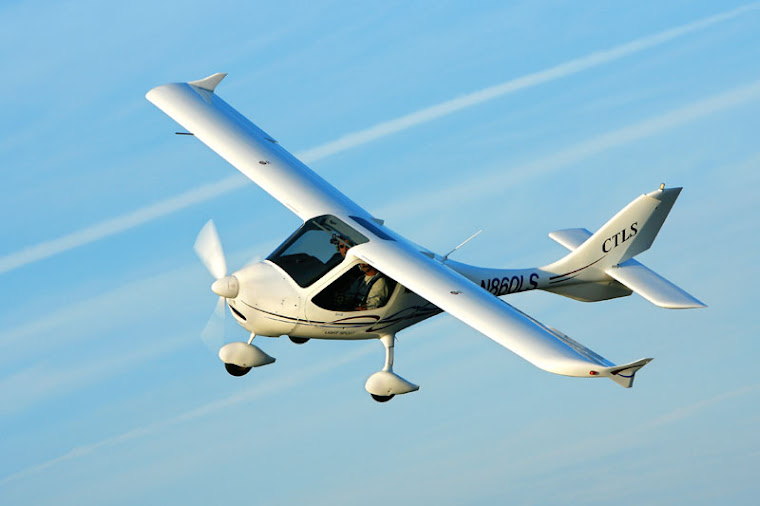A Sport Pilot is by no means trained to lower standards than a Private Pilot. The piloting and mastery of a recreational sport aircraft or SLSA is fundamentally the same. The difference is that there are some slight limitations on Sport Pilots versus Private Pilots due to the nature of recreational sport flying and its lower demand on piloting overall.
Less training is required for the Sport Pilot license versus the Private Pilot's license because there is no requirement to train for night flying, high altitude flying, control tower operations and procedures at busy, restrictive airports, or radio navigation procedures. Therefore, flight training is in effect reduced from a 40 hour to 20 hour minimum requirement. However, actual hours may vary somewhat according to ability, frequency of lessons, weather conditions, airplane model and scheduling challenges.
Sport Pilot flight training essentially consists of two components: ground school plus flight instruction. Ground school is primarily self-study and may be conducted entirely at home through a book and/or DVD series, concluding with a knowledge written exam. Flight instruction consists of a series of flight lessons and solo flight time designed to train the student pilot on how to operate his or her chosen airplane SLSA safely and confidently. All training will culminate in a practical flight exam (better known as a checkride) conducted by a FAA examiner. If you pass the checkride and your written exam, you receive your Sport Pilot license.
Minimum 20 Hours Flight Training
• 15 hours dual flight training with a Certified Flight Instructor (CFI) – includes 2 hours spent on cross country flight procedures (i.e. longer distance flights to and from pre-selected airports).
• 5 hours supervised student “solo” flight time, including completion of one cross country flight of at least 75 miles to and from 2 different pre-selected airports; when your instructor feels confident that you are ready to solo, he or she will set you off on your own (or solo) as you work toward the completion of your training.
Sport Pilot Flight Training Areas
• Pre-flight procedures
• Fundamentals of flight
• Flight operations
• Flight maneuvers
• Take-offs and landings
• Stalls
• Crosswind control
• Emergency operations
• Airport operations
• Aviation weather
• Airplane performance
• Thumb-on-the-map navigation
• Ground reference maneuvers
• Airspace and air traffic
• Radio communications
• Post-flight procedures
• And more!



No comments:
Post a Comment